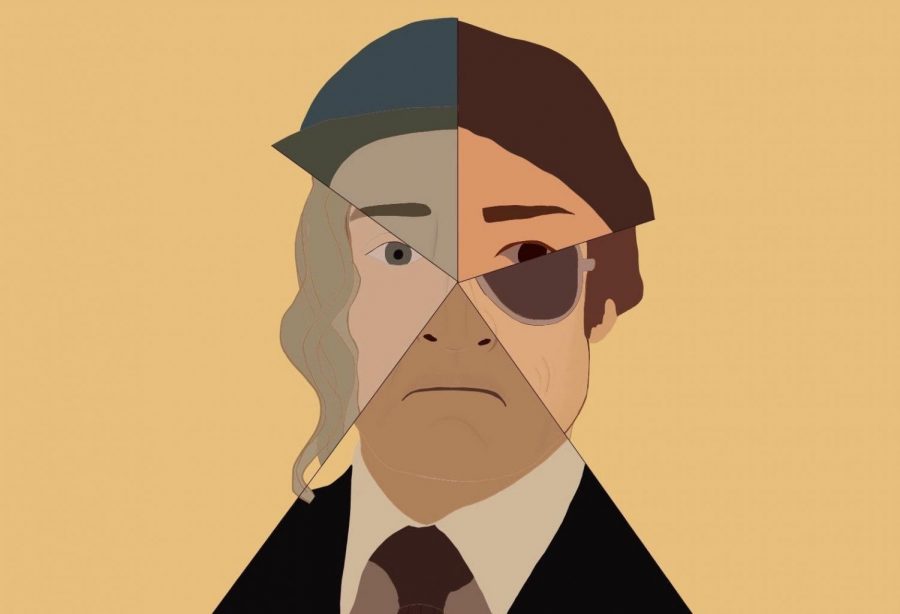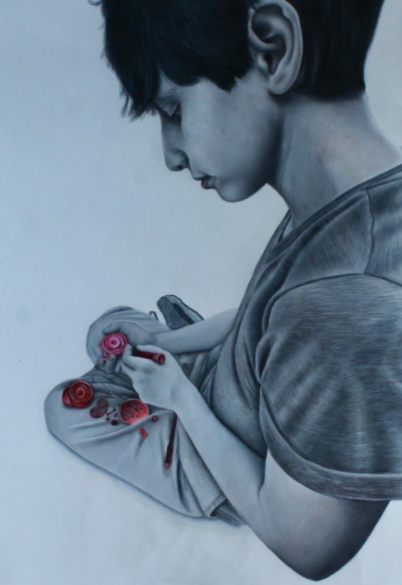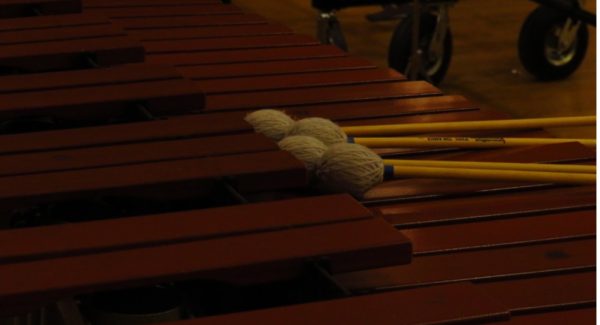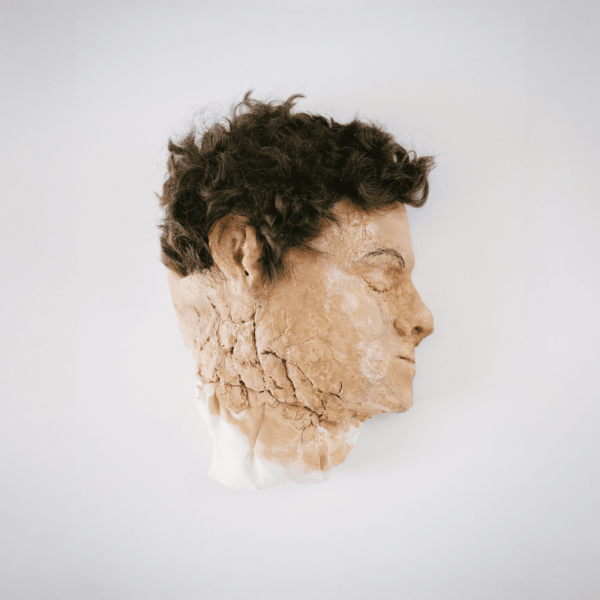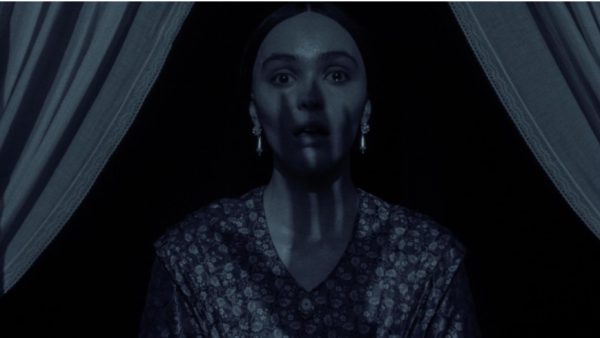Best Picture Preview: The Irishman, Little Women, 1917, Once Upon a Time in Hollywood and Parasite
The first 5 movies I will be reviewing are The Irishman, Little Women, 1917, Once Upon a Time in Hollywood and Parasite.
With the recent announcement of the 2020 Oscar nominations for Best Picture, I decided to take on the challenge of watching and reviewing all of the candidates up for the award. As there are nine movies in the running this year, this review will be split up into two parts, and will go over each of the films in no particular order. In addition, instead of ranking or comparing them, I’ll be giving my general thoughts over each of the films completely spoiler-free.
The Irishman:
One of the least surprising films to be up for Best Picture this year is a gangster movie directed by Martin Scorsese, and with that description alone you know what to expect. The Irishman follows the story of Frank Sheeran (Robert DeNiro) as he recounts his life and involvement with Russell Bufalino (Joe Pesci), the leader of a crime family in Pennsylvania, and Jimmy Hoffa (Al Pacino), a notorious Teamster with financial ties to Bufalino’s family. Right off of the bat, all of the performances in this movie are fantastic, particularly DeNiro and Pacino. In my opinion, DeNiro’s subtle differences in performance as he “aged” throughout the movie were excellent, and Pacino’s raw charisma, especially when he was younger in the film, made his character all the more believable. While The Irishman does feel similar to Scorsese’s other movies, such as Goodfellas, it never crossed the line of “nostalgia-bait” for me, as, in my opinion, DeNiro’s performance and Scorsese’s direction in the films are very different from one another, giving them each their own unique style. If there’s one thing I had mixed feelings about for The Irishman, it was its three-and-a-half-hour runtime. While I enjoyed the first two-and-a-half hours of the movie, after that point I began to feel my eyes glaze over, and I wish I would have broken it up into two-sittings. If you’re a fan of traditional gangster movies and want to see an homage to the classics, I’d recommend The Irishman, just as long as you’ve got a free afternoon and are mentally prepared for what’s ahead of you.
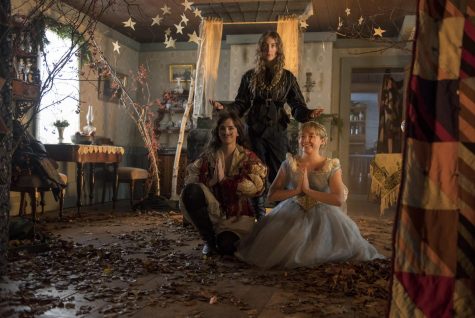
Little Women:
If there’s one word I would use to describe director Greta Gerwig’s latest film, Little Women, it’s “wholesome,” for better and for worse. Following the classic story of the March sisters and their life growing up in Massachusetts, Jo March (Saoirse Ronan), Beth March (Eliza Scanlen), Meg March (Emma Watson) and Amy March (Florence Pugh) must learn to survive stricken with poverty alongside their mother (Laura Dern), as their father (Bob Odenkirk) serves in the Civil War. One of the most impressive aspects of the film to me were the sets that Gerwig used throughout. In my opinion, the March’s house, alongside other homes in the film, were incredibly detailed, and I was impressed with how much thought seemingly went into their design. Little Women also featured an impressive score by Alexandre Desplat, which added a lot of emotion to scenes which were otherwise lacking it. My major criticisms with Little Women are around the characters and plot of the film. While the sets and score were impressive, none of the performances “sold” me on any of the characters that I was watching. It could have been a combination of the fact that after watching Midsommar I no longer have the mental ability to see Florence Pugh as a 12-year-old girl, but her performance, in particular, was incredibly difficult to take seriously. Other roles, such as Bob Odenkirk as the March’s father, felt incredibly miscast and were very unintentionally funny to me throughout. Again, this could be due to seeing Odenkirk in other media such as Better Call Saul, but even on his own, Odenkirk doesn’t exactly strike me as “March family patriarch” material. As for the plot, certain aspects of the movie felt extremely forced. For being “stricken with poverty,” the March sister’s family breakfasts sure seemed pretty “Hollywood A-Tier celebrity” level. In addition, the amount of things constantly happening on screen and the overlapping dialogue made the film feel like a barrage of lines and performances rather than a well-structured two hour long film. If you’re looking for a lighter movie to see and you’re a huge fan of book, I’d say to give this movie a watch. Otherwise, I wasn’t blown away by what I saw.
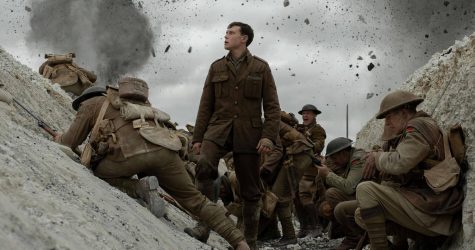
1917:
It isn’t often that I’d call a two hour long movie following two characters walk through a barren wasteland “fascinating,” but 1917, directed by Sam Mendes, is exactly that and so much more. 1917 follows the journey of Lance Corporals Will Schofield (George MacKay) and Tom Blake (Dean-Charles Chapman) on their mission to alert a group of 1,600 soldiers about a trap set by the Germans on the Western Front in France. Edited to look as if the entire film is “one continuous shot,” 1917 is an extremely impressive film in terms of camerawork and performances to me. While it was clear throughout where there were cuts in the film, the continuous flow of the camera helped to establish a “stream-of-consciousness” for the main characters, and effectively places the viewer into the world of the Schofield and Blake. Without spoiling anything, the few cuts that were in the movie felt very meaningful, and the abruptness to them was what made them so great as a viewer. In my opinion, the cinematography for this film was also fantastic. The scenes set around a burning city were beautiful, and there was so much character to all of the buildings and walls that everything in the film felt extremely “real.” 1917 has the kind of cinematography where you could take some of the shots from the film, put them on a canvas and I’d swear they were an oil painting. There were a few scenes throughout the film where I was annoyed by how much the characters stopped thinking for the sake of the plot. For example, when the main characters encounter a tripwire and instead of reacting to it, decide to wait until it is activated to do anything. Although these scenes are few and far between, it still stuck out to me in the movie. Besides these complaints, 1917 is easily one of my favorite movies of the year, only behind Parasite and Marriage Story. While I don’t think 1917 will win Best Picture, I’ve been surprised before and this film is certainly a strong contender.
Once Upon a Time in Hollywood:
Another year, another homage to the golden age of Hollywood written and directed by Quentin Tarantino. Once Upon a Time in Hollywood, Tarantino’s latest film, follows the lives of Rick Dalton (Leonardo DiCaprio) and his stuntman, Cliff Booth (Brad Pitt), as Dalton, a famous television actor, tries to find work in a world which has all but forgotten him. The most impressive aspect of the film to me was how much of a period piece it is. The film’s use of fake commercials, billboards and brand names added a lot of character to the world, and I was very impressed with how authentic to the era all of it felt. The editing in the movie was also impressive, and its style felt similar to Tarantino’s other films, such as Death Proof or Pulp Fiction. My major gripes with the movie are how it dealt with its characters and payoff. While Taratino’s characters in Pulp Fiction could be considered some of the most interesting in modern American cinema, in my opinion, the characters in Once Upon a Time in Hollywood felt largely static and uninteresting. Rick Dalton, the protagonist of the film, has almost no change from beginning to end, which made the near three hour runtime feel a bit unnecessary. While the last twenty minutes of Once Upon a Time in Hollywood are extremely fun to watch, the rest of the film made me question if the ending was deserved, or simply a last-minute action scene pointlessly thrown in. If you’re a fan of Tarantino movies, or just want to see all of the Best Picture nominees, I’d say to give this film a watch. Otherwise, in my opinion, this is nowhere near Tarantino’s best work.
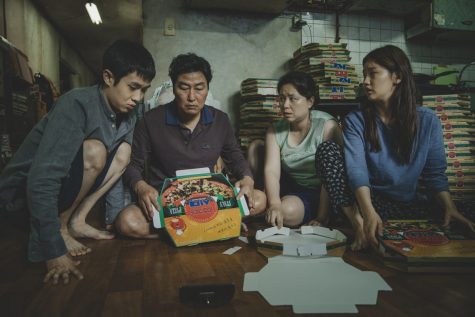
Parasite:
It’s not often that I watch a film and can tell within the first five minutes that I’m watching a masterpiece, but director Bong Joon-hoo’s newest film, Parasite, is, in my opinion, the kind of film which has that profound of an impact on you. Following the story of the Kim family as they struggle with poverty in South Korea, Parasite evokes the feeling of a “modern fairytale,” similar to other films such as Pan’s Labyrinth or Spirited Away. One of the major topics of discussion for Parasite is the fact that it is entirely in Korean, making some English-speaking viewers apprehensive to see it. Although I don’t speak a single word of Korean (and am not the biggest fan of films where I have to read subtitles the whole time), Parasite is one of the most fantastic cinematic experiences I have had in a long time. Everything about this film is great, if not perfect. The sound design, score, sets and everything in-between was mind-blowingly good, and it’s incredible how quick the film’s two hour runtime goes. As Parasite is entirely in Korean, it was hard for me to gauge how good the delivery of its actors was, but their performances alone were incredibly impressive, particularly the child actors in the film. Parasite is also incredibly well-edited, and a particular five minute montage in the middle of the movie was likely my favorite five minutes of film for the entire year. If you haven’t seen Parasite yet, I would strongly suggest seeing it before it leaves theaters. There’s nothing else out quite like it, and there won’t be for a long time.
Your donation will support the student journalists of Omaha Westside High School. Your contribution will allow us to purchase equipment and cover our annual website hosting costs.

Hi, my name is Will Eikenbary! I am a Journalism Hallway Coordinator working on Westside Wired this year. I am currently a senior and this is my fourth...

Hi, my name is Aayushi Chaudhary! I am the co-editor-in-chief of Westside Wired this year. I am currently a senior and this is my fourth year on Wired....


